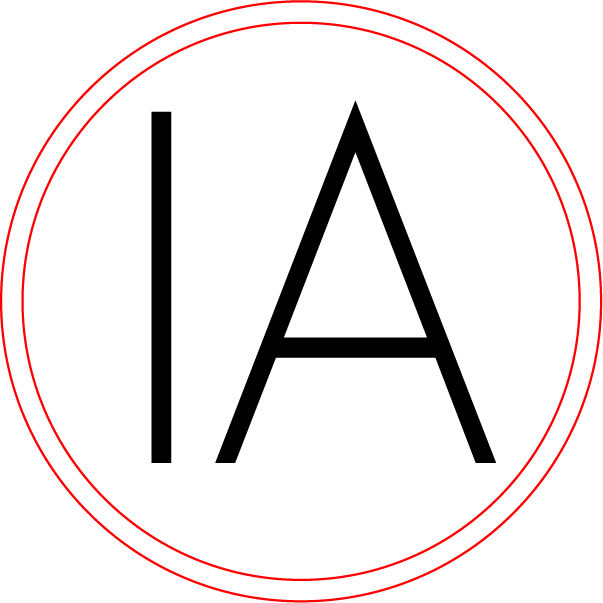STATEMENT 2024
My collaboration with particle physicist Professor Kostas Nikolopoulos “The sketchbook and the Collider,” seeks equivalents between the language of drawing and the interaction of fundamental particles. It has broadened working with Professor Clare Anderson responding to her investigation into disruptions of neuronal networks. Artistic research connecting the two suggests a “rhythmical pattern or choreography” underlying reality and unfolding at radically different scales.
Making drawings in caves equivalent to my physicist’s subterranean detection experiments where thickness of rock filters cosmic rays enabling new events to be explored, connected with early sleep deprivation studies conducted underground depriving participants of all awareness of time: I was excited by the contrast between the subatomic particles darting close to the speed of light and the “arrested movement” of rock structures accumulating over vast geological periods. My mark-making locates the embodied human experience between these two extremes.
I experiment with and re-imagine relationships between the basic elements of drawing and the rhythms operating at these various scales including the linear networks of electrical activity firing between neurons, the “lines of code” contained within stalactite and stalagmite rock formations, and the production of sub-atomic particles through excitations of their quantum fields.
The idea of rhythm as an “ordering pattern,” independent elements acquiring meaning through a network of structured links created by collage, the abrupt, visceral, clash of different elements coming together is a vital technique referencing the nature of reality at the subatomic level, referred to by one physicist as “the violent frothing of quantum foam” and the interacting vibrating particle fields.
Exploring this rhythmical pattern, I reach out via engagement workshops to investigate if this rhythm can benefit participants within the context of practical mark-making workshops. I combine their responses with my own work and animate the drawings through moving image pieces integrated with drawings on sculptural forms that must be negotiated, embedding movement, collaboration and participation in response to this “universal rhythmical unit”
STATEMENT 2020
In discussion with Prof. Nikolopoulos it became clear that despite obvious differences our specialisms of fine art and particle physics are both concerned with making the invisible visible.Scientific developments have seen the “everyday” dissolve into sub-atomic interactions only accessible by examining traces left in an enabling medium in a detector. A process mirrored by the artist expressing ideas and emotions through marks made and materials manipulated. Taking the same journey from something hidden to something revealed.
Indeed the physicist’s relationship to their detectors has striking parallels with the relationship of the artist to their media and methods. In 1989 physicist Carlo Rubbia stated that detectors are how physicists express themselves just as painters use painting and sculptors sculpture.
Initially we compared the material cultures surrounding our two disciplines and focused on a piece of essential equipment in each case, the sketchbook and the most advanced form of detector; the particle collider. We felt that bothare connected as arenas where different elements are brought together, sometimes violently involving “active processes” that create and examine the visible traces of hidden interactions to determine if something significant has happened to change the way we understand the world around us. In artistic terms an idea worth developing.
I decided to expose the mechanics of making a drawing in the same way that Prof. Nikolopoulos was revealing elemental particles and I sought to establish equivalents between the particle characteristics of spin, mass and charge and the graphic elements of point, line and shape.
This creates an intimate visual and conceptual connection between my visual language, the fundamental artistic activity and the interaction of elemental particles that create the universe.
Physicist Carlo Ravelli states that the quantum world describes things not as they are, but as they occur and interact, a world not of objects but of events. Drawing is a process that is best suited to capturing the ephemeral and elements in flux and therefore a perfect vehicle for exploring the particles as they decay and interact, sometimes existing for a fleeting moment before changing again or annihilating in a collision.
However despite drawings’ capacity to respond to the “fleeting” the final outcome is a static object to be viewed and this led to the use of “moving image” work where footage of elements drawn with a 3-D pen are manipulated and edited in a way equivalent to the processes that particles undergo in the Collider. Certain sequences were isolated, played at accelerated rates and then overlaid in opposite directions. Played as a loop on projector or screen the artistic equivalents of the constant interactions, transformations and “choreography” of the force and matter particles can be more successfully brought together.
The issue here is of course that although we now have actual movement of the drawn elements they are predetermined once the filming and editing process have been completed. This led to “live” drawing performative pieces involving the interaction of people whether artists, scientists or members of the public themselves “making marks” on a communal drawing surface. Using the visual language “equivalent” drawings like musical scores or graphic notation to suggest types of marks to be made and incorporating the sound of the different media being used. A “drawing orchestra” creating equivalents in sound and vision to the hidden choreography of particle interactions.


